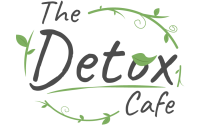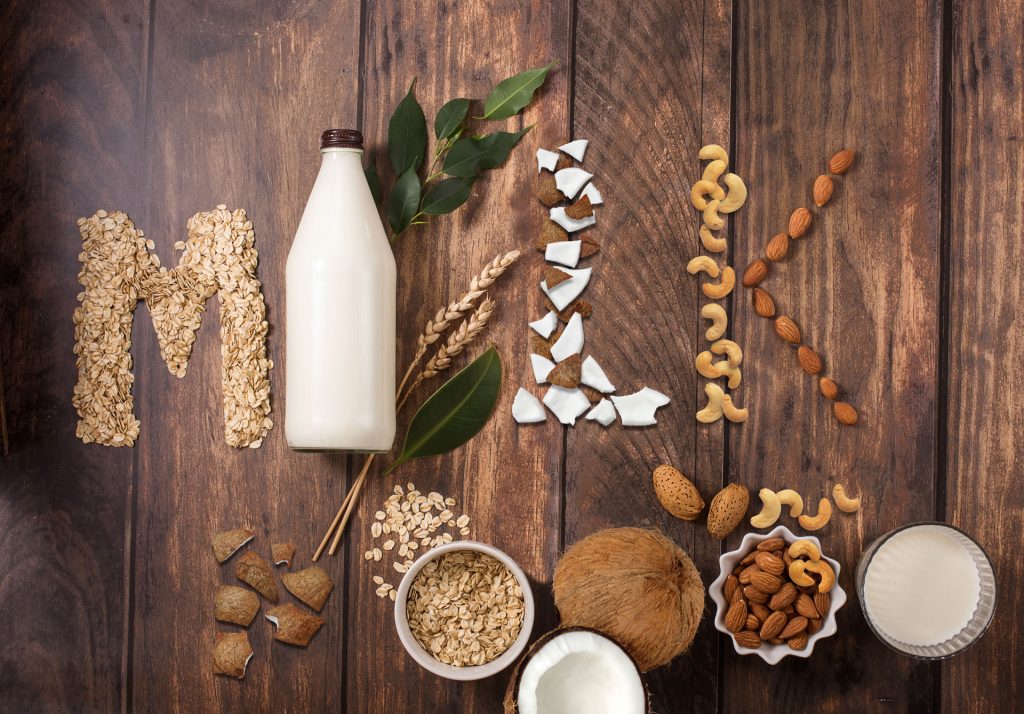- The journey of almond milk starts in the orchards, with almond trees going through different stages before harvest time.
- Almond milk is full of vitamins and minerals preserved by pasteurization methods, guaranteeing a longer shelf life.
- Packaging and distribution methods are crucial to maintaining the quality of almond milk.
- The uses of almond milk are numerous, and brands introduce new products daily.
Over the past decade, almond milk has gained popularity as a dairy-free alternative. It’s creamy with a nice nutty flavor and plant-based, making it suitable for different diets. These characteristics make it a favorite beverage among people leading a healthy lifestyle, vegans, and those looking for lactose-free options.
Health-conscious individuals need to understand what almond milk is made out of so they can make informed decisions about what to consume. When you know what effort is put into the production of almond milk, it becomes more than a drink – it’s a deliberate step toward a healthier life.
Today, we go on a journey from the sunny orchards where almond trees grow to your glass of tasty almond milk. We will explore every step of the almond milk process, delve into the nutritional value of almond milk, and answer the burning question: Where does almond milk come from?
Cultivation of Almond Trees
Where does almond milk come from? Almond milk’s journey begins in the orchards, where almond trees grow. These trees require a Mediterranean-like climate characterized by well-drained soil and ample sunlight.
Almond trees go through different growing stages, from flowering to harvest
- Dormant stage during the winter months
- Bloom stage in late winter and early spring
- Nut set stage when the almonds begin to form
- Nut development when the almonds develop
- Harvest stage in late summer or early fall when the almonds are ready for harvest
Almond production and consumption have increased significantly from a decade ago. In 2013/14, global almond consumption was about one million metric tons, while in 2021/22, the number reached 1.49 million metric tons.
Now that you know where almond milk comes from, let’s discuss harvesting.
Almond Harvesting
The main aspect of almond harvesting is the timing, which directly impacts the quality of the almonds. Harvesting too early or too late can result in bad almonds. Recent studies have shown that the harvesting method influences the almond quality. For example, almonds harvested early have different oil quality than late-harvested almonds.
Harvesting can be done in different ways. Mechanical harvesting includes special machines that shake the trunk of the tree so the almonds fall from the tree. Hand harvesting is when people harvest almonds manually. Following CASP management practices helps farmers grow and harvest almonds responsibly for maximum crop yield.
Processing Almonds
After the almonds are harvested, it’s time to move on to the next steps in the almond milk process:
- Blanching: The almonds are put in hot water so it is easier to remove the skin.
- Grinding: The almonds are ground to a paste-like consistency.
- Blending: Water is added to the almond paste, creating a mixture that is additionally blended.
Significant technological developments have also reached the almond production field, making the process more efficient and sustainable.
Nutrient-rich Almond Milk
Is almond milk processed? That depends on which one you buy. Less processed almond milk products contain more benefits for your health. So, apart from being very tasty, almond milk can be full of different nutrients. It is usually low in calories and contains a lot of vitamins, minerals, and protein.
Consumers show awareness of the nutrient value of plant-based beverages, and the consumption of these dairy-free milk alternatives continues to grow. For example, almond milk is full of:
- Vitamins: Vitamin D and calcium make it a suitable alternative to dairy milk.
- Minerals: It contains magnesium and phosphorus, which protect the bones.
- Protein: It has a lower amount of protein than dairy milk, but some varieties are enriched with protein.
Therefore, people searching for a dairy-free milk alternative find solace in almond milk, thanks to its wide range of nutritional benefits.
Pasteurization and Fortification

Now that we have the answer to the question “What is almond milk made of?” let’s see what pasteurization is. Pasteurization is important to prolong the almond milk shelf life and to make it safe for consumption. The almond milk is heated to a certain temperature, so all the microorganisms are killed during this process.
Pasteurization methods are of different types. Some almond milk types include HTST (High-Temperature Short-Time) pasteurization and others UHT (Ultra-High Temperature) pasteurization. In this way, the almond milk retains its quality and is safe for usage.
The benefits of fortified almond milk are numerous, and studies have shown that it is full of vitamins and minerals, which makes it a good choice for people on a plant-based diet.
Packaging and Distribution

Expired almond milk is unsafe for drinking and can be dangerous for people who consume it. If we want to keep the almond milk in good condition, we have to pay attention to the packaging method and the distribution.
For example, when buying almond milk, make sure it’s packed in an aseptic carton, which eliminates the presence of microorganisms. And regardless of the safety level of the packaging, always keep your almond milk in the fridge after opening it to prevent spoilage.
Since there have been growing concerns regarding the sustainability of almond milk, many companies have started using eco-friendly packaging so they do not pollute the environment. You can recycle your milk carton after you’ve emptied it.
Almond Milk’s Culinary Versatility
Of all plant-based milk options, almond milk dominates – around 41% of U.S. households purchased plant-based milk alternatives in 2022. Annual sales of almond milk continue to rise, confirming its dominance among the plant-based milk options.
One reason for this is that almond milk is a perfect base for creating magic in the kitchen. We can also use it for baking, cooking, and making drinks. It is also good in soups and sauces as a dairy substitute. Drinks, including smoothies, coffees, and cocktails, prepared with almond milk are tasty, creamy and healthy.
Innovation and Trends

Almond milk uses are numerous, and brands introduce new products daily. Let’s take a look at some of them:
- Flavored varieties
- Barista-style
- Plant-based brands
When companies make new products, they check what consumers like and direct production that way. Almond-base drink alternatives are more in demand, especially in Asia and the Middle East. In addition, plant-based blends take up 33% of shelf space, including almonds and coconut, oats, seeds, legumes, and other nuts.
Almond Milk in Daily Life
As part of a healthy diet, almond milk is a good option for people who follow a plant-based regime and want to eat healthy. We can use almond milk in:
- Beverages like coffee, tea, and hot chocolate
- Cereal
- Smoothies
Research shows that people are becoming more and more aware of the benefits of almond milk, incorporating it into their daily food regimes as a part of a healthy lifestyle. As consumers’ interest in almond milk continues to rise, manufacturers come up with dairy-free innovations with almond milk. New products labeled “GMO-free” and “organic” are on the rise, and so are almond milk options with different flavors.
Conclusion
Now that we’ve cleared up the “Where does almond milk come from?” dilemma, let’s recap the main points.
From the almond tree orchards to our kitchens, almond milk is packed with different nutrients that have many health benefits for people trying to lead a healthier life with a more balanced diet.
Almond milk presents an excellent substitute for cow’s milk, especially if you’re in the habit of drinking milk daily. You can put it in your coffee, morning cereal, smoothie, and much more – don’t be afraid to get creative!
When we use almond milk, we don’t feed just our body – we nourish our soul. Knowing that we’re doing something good for ourselves has a therapeutic impact on our well-being.


